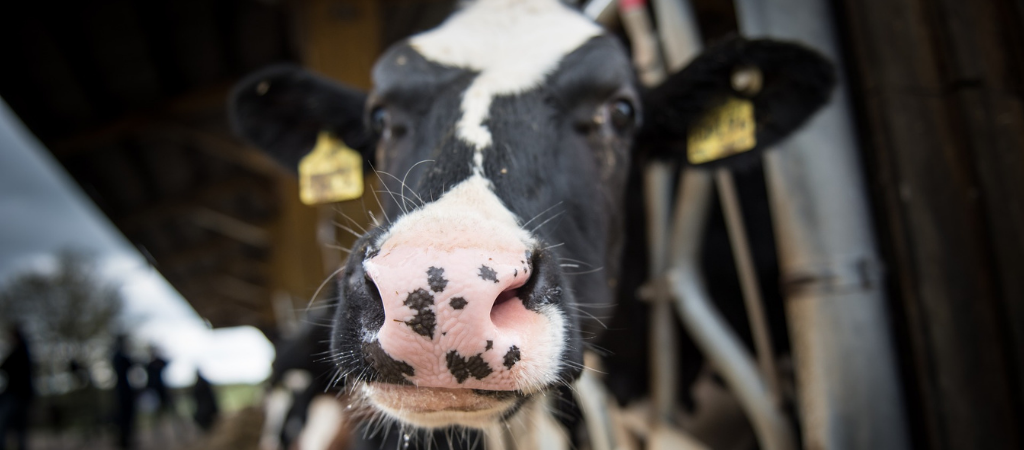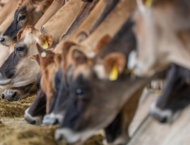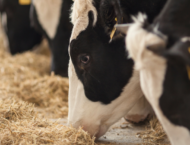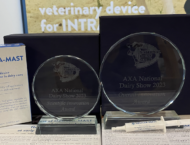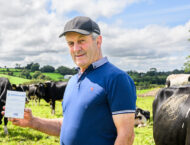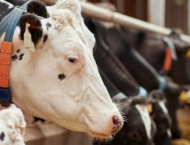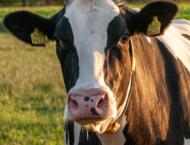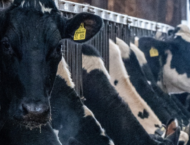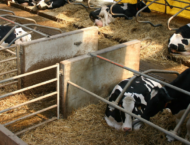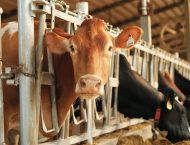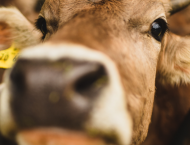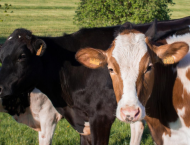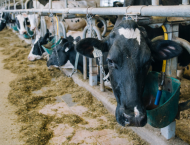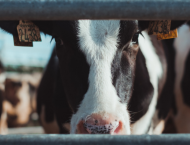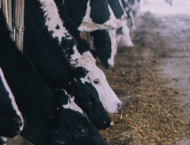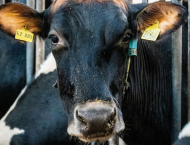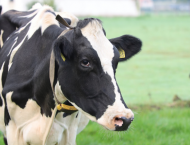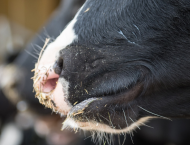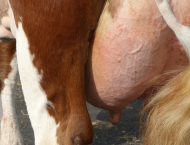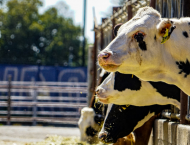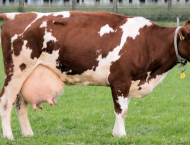Good reproductive performance and high production can coexist, as long as everything on the farm is well-managed.
Reproductive efficiency is a key element for the cow’s performance; it depends on several factors such as management, physiology, nutrition, genetics, health1. At farm level, it can be measured and described by fertility indices that objectively define at best the real efficiency level on the farm.
One interesting index concerns days to conception, or days open. It represents the period occurring between calving and the successful insemination after calving. As pregnancy is 280 days on average, and generally the calving interval is 365 days, days open would correspond to around 85 days as a good value.
When days from calving to conception are higher, we typically have a reduced profitability, partly caused by increased culling rates and decrease in milk yields. Consequently, there would be higher rearing costs, higher numbers of replacement cows, and a global reduction in efficiency.
Pinedo and De Vries (2010)2 studied the effect of days open in the previous lactation on the risk of death and live culling around parturition. They concluded that increased days open from 90 to >300 d in the preceding parity doubled these risks.
As reproductive performance directly affects milk production, improving efficiency through management will help increase profitability and ameliorate general sustainability. Working to achieve reduced days open represent an advantage from both reproductive and productive performance.
Here are some key points that may allow an improvement of days open.
Reproductive management deserves attention. Monitoring and recording data would allow to describe the situation at global herd and individual cow level. This first step is essential to define the key goals to be achieved, such as the reduction of days open.
Act on good environmental conditions, high animal welfare, tailored nutrition and improved social conditions for transition cows to optimize days open1,3 as well. Deciding for an appropriate voluntary waiting period before starting to inseminate cows and applying it methodically may be useful. Moreover, successful insemination should occur by the second service at the latest, if aiming at efficiency. In this context, heat detection techniques shall be improved, since often poor heat detection is the reason for greater days open. A good approach is to apply synchronization plans.
Other key points to remember concern the rumen working efficiently and the cow eating a high-quality feed ration, an effective and consistent gynecological routine, herd health monitoring, reproductive efficiency checks.
Once this complex but very productive management machine has been put in place, we must be able to count on solutions that support us in case of minor uterine issues. Sometimes, unsuccessful inseminations can occur when you deal with issues in late post-partum, not related to serious health disorders, or when the cow is a repeat breeder. To support reduced days open on the farm, OZOLEA has created OZOLEA-METR.
OZOLEA-METR, a non-pharmaceutical and no-withdrawal veterinary device for intra-uterine use. OZOLEA-METR helps dairy farmers manage minor uterine issues.
OZOLEA-METR is composed of a single ingredient: a pure food grade vegetable oil, bio-engineered with exclusive OZOLEA technology, which modifies some of the oil’s fatty acid chains, thereby allowing the product, once in contact with the inner wall of the uterus, to improve late postpartum management and uterine tissue performance after insemination, thus boosting reproductive performance in the herd and supporting the farmer to contain days open.
OZOLEA-METR supports tissue functionality by creating a film barrier in contact with the inner wall of the uterus. This physical barrier can temporarily attenuate the causes of bacterial proliferation and metritis occurrence.
OZOLEA-METR can be used in two different situations:
- in late post-partum, or about 30 days after calving, when the uterine involution is almost complete, there are no clear symptoms of metritis however abnormal non-severe vaginal discharge may be detected;
- 24 hours after insemination in repeat breeder cows, when the embryo is forming in the tubes but before it descends towards the uterus for implantation.
References
1 Reproductive performance, one of the multiple factors of longevity.
https://www.ozolea.it/reproductive-performance-one-of-the-multiple-factors-of-longevity/
2 P.J. Pinedo, A. De Vries, 2010. Effect of days to conception in the previous lactation on the risk of death and live culling around calving. Journal of Dairy Science, 2010. Volume 93, Issue 3, P968-977. DOI: https://doi.org/10.3168/jds.2009-2408
3 A comfortable pre-calving period for less stressed fresh cows.
https://www.ozolea.it/reproductive-performance-one-of-the-multiple-factors-of-longevity/
De Rensis, P. Marconi, 1999. Gli indici di fertilità per la valutazione dell’efficienza riproduttiva della bovina da latte. Large Animals Review, Anno 5, n. 2, Giugno 1999.
https://www.vetjournal.it/images/archive/pdf_riviste/1945.pdf
Campiotti, 2007. Gestione, primo limite all’efficienza riproduttiva. 4/2007, Supplemento a L’Informatore Agrario.
https://www.aral.lom.it/wp-content/uploads/2020/04/p15_18_supp_0407.pdf

